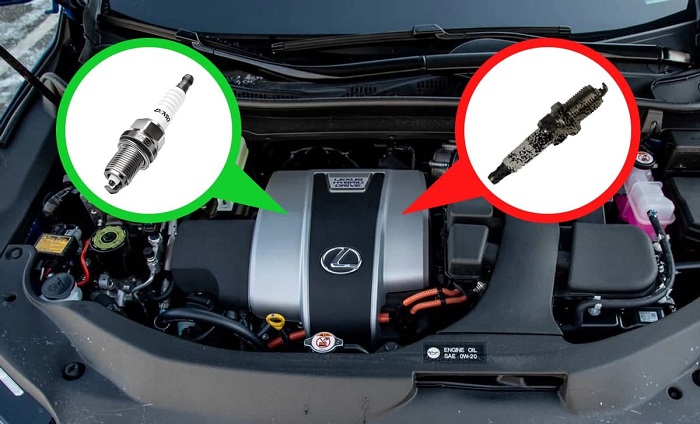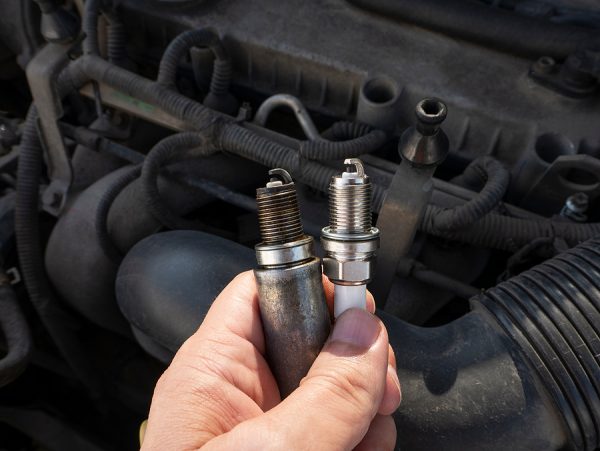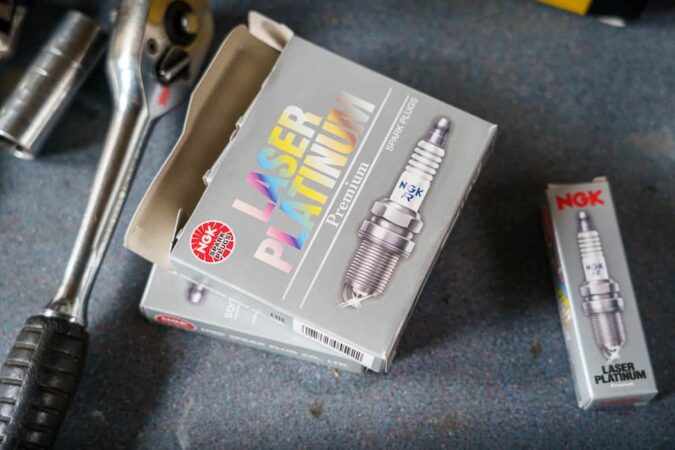

If the spark plugs are really dirty, worn or you don't want to try cleaning them, throw the old plug in the trash and install a new set of spark plugs. Reading the spark plugs can tell you why they are fouling: Click the image to view the spark plug chart. The recommended gap is usually specified on an underhood emissions decal in the engine compartment. Also, be sure to regap the spark plug electrode gap back to specifications (which requires a spark plug gapping tool or feeler gauge). If you use one of these devices,make sure no sand remains trapped between the spark plugĮlectrode and shell before they go back in your engine. Auto Parts stores sell spark plug cleaner devices that sand blast the end of the spark plug to remove deposits. Remove and inspect the spark plugs, and either clean or replace them as needed. If the spark plugs continue to misfire because of fouling, they may be dirty or worn. This should clean the plugs if the cause of the fouling is nothing unusual.

If your spark plugs are fouled and misfiring because you have been driving your vehicle infrequently, or you have only been driving short distances (only a few miles per trip), or you have been letting your engine idle for long periods of time (15 minutes or more), try this: Take your vehicle out on the highway, accelerate quickly and drive it at highway speeds for 15 to 20 minutes. Your vehicle will NOT passĪn emissions test with a Check Engine light on or misfire codes present. On 1996 and newer vehicles with OBD II, spark plug misfiring will usually turn on the Check Engine light and set one or more P030X misfire codes where "X" is the number of the cylinder that is misfiring. Ignition coil that normally creates the spark will short circuit to ground across the deposits on the center electrode instead of jumping across the electrode gap to ignite the air/fuel mixture.ĭeposits on the center electrode create a ground path for the spark, causingĪ flashover misfire if the plug is dirty. And if the plugs get dirty enough, they will misfire. So as deposits accumulate, the risk of misfire goes up. Short trip stop-and-go city driving and prolonged idling, on the other hand, are NOT goodįor the plugs because the plugs may not get hot enough to burn off all of the deposits.


The spark plugs that are specified for your engine by the spark plug manufacturer should be correct for your vehicle application.įull throttle acceleration and highway driving is good for spark plugs because it generates heat that helps keep the spark plugs clean. The plugs should be hot enough to prevent fouling but not so hot that they increase the risk of preignition and detonation. The "heat range" of the spark plug determines its operating temperature and its built-in fouling resistance. When the engine is running, the ceramic shell that surrounds the center electrode gets hot and helps to burn off any fuel or oil ash deposits that might otherwise foul the spark plug. Spark plugs are designed to be self-cleaning up to a point. This causes a misfire, a loss of power and fuel economy, and an increase in tailpipe hydrocarbon (HC) emissions. When a spark plug becomes fouled for any reason, the spark plug will fail to fire and ignite the air/fuel mixture. Spark plug fouling is a common cause of engine misfire. Spark Plug Fouling by Larry Carley copyright
#BAD SPARK PLUG SYMPTOMS V8 MANUALS#
Auto Repair Library, Auto Parts, Accessories, Tools, Manuals & Books, Car BLOG, Links, Index


 0 kommentar(er)
0 kommentar(er)
